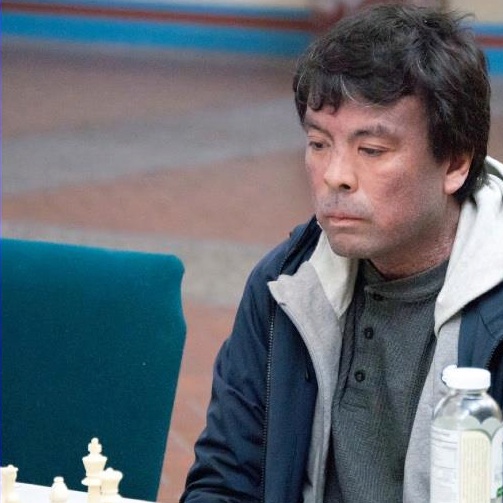
960 Icelandic Gambit
The Center Counter equips Black with two related gambits that exploit a common mistake by White.
1. e4 d5 2. exd5
2. d4 is recommended by followers of the teacher Purdy, who said "the first side with two pawns in the center has a leg up", but typical chessplayers like to capture.
2...Nf6
The immediate gambit 2…c6 is illustrated by Game 17 in Euwe's Chess Master vs. Chess Amateur, a must-read for its demonstrations of how good players take advantage of mistakes made by inexpert players. Chessplayers want to think they should study how good players beat good players, skipping ahead of the easier step they haven't mastered.
3. c4
The simpler way is 3. d4, but chessplayers like to cling to the loot.
3...c6 4. dxc6
4. d4 is still suggested — and it's the last chance to play it without fuss — but most chessplayers can compute 2-minus-1 and determine a net gain of one pawn.
4...Nxc6
Suddenly Black's pieces control d4, and it's more difficult for White to put a second pawn in the center. The white d-pawn is backward — its friendly neighbor on c4 is too far forward to come to its aid — and subject to pressure. Whether the weak d-pawn is on d2 or d3, it blocks a bishop. In other words, White's extra pawn can be a greater deficit than asset.
Chessplayers are often bright people away from the board. If you asked a chessplayer: "May I give you a second car?", he'd say "Well, that depends. Is it a reliable car?"
"The car doesn't run and it will sit in the driveway so you can't get your working car out of the garage." Chessplayers understand that, but if you offer a chessplayer a lemon in the form of an extra pawn, they'll take it.
Schnargl #692 is far from the strangest 960 starting position — the b-file knight swapped places with the f-file bishop — so pattern recognition is easier.


